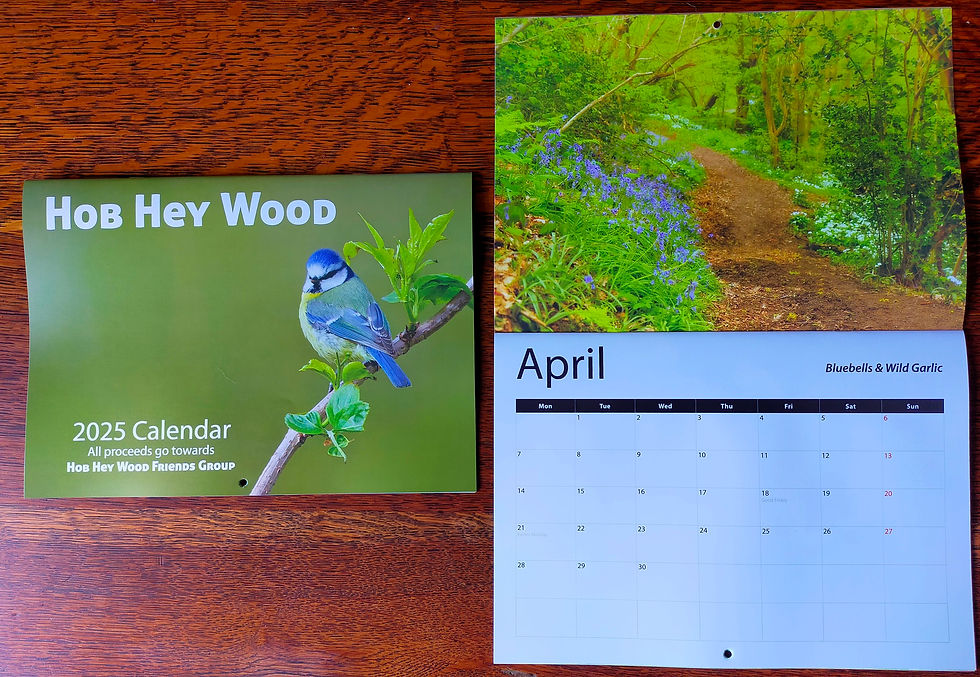Poisonous Hob Hey!
- Mark O'Sullivan

- Aug 12, 2021
- 2 min read
Hob Hey Wood contains a huge array of plants and fungi, some of which are edible, some of which are extremely toxic. Here, I want to explore some of the most poisonous species that live in the wood; species that you should definitely not eat!

Sulphur tuft is a lovely-looking fungi with an orange-coloured cap and sulphur-yellow underside that is very common in Hob Hey. It might look lovely but this is a mushroom to avoid. It would be difficult to eat a significant amount as it tastes incredibly bitter but if you did manage it then the effects can be quite nasty with intestinal problems and vomiting and even convulsions!

The next organism to avoid takes ‘bitter’ to a whole new level. Lords and ladies have spectacular flowers and, in autumn, produce big columns of deep-red berries that look delicious. They’re not. The berries contain oxalic acid crystals that, if ingested, irritate the mouth and throat causing a burning sensation and even, in the worst cases, the throat to close up! The effect is immediate so it is unlikely that an amount that could cause severe harm could ever be eaten. This plant is the biggest cause of hospitalisation due to poisoning in this country so one to look but not touch.

Another species with succulent-looking berries is the yew tree. However, all parts of the tree are poisonous and potentially deadly. I’ve read that 50 grams of yew needles is enough to give a lethal dose of the poisonous taxine alkaloids that yew contains. Despite the toxicity to humans, squirrels and birds munch down on yew berries without any apparent ill-effects!

Foxgloves have large and pretty flowers that liven up a woodland walk in late spring. They contain chemicals that can have a serious effect on the heart, liver and kidneys in humans and dogs. They have historically been used in traditional medicine and, more recently, a drug to treat heart conditions has been synthesised from it.
Finally, we come to the plant with the unenviable reputation as the most poisonous in Britain: hemlock water dropwort. All parts of the plant are poisonous and only a small amount is enough to cause death, sometimes in as little as two hours! It is part of the carrot family and looks similar to edible plants such as water parsnips and parsley: poisonings often occur due to misidentification of the plant by foragers. The plant can be found in the wettest area of Hob Hey as well as along the banks of the River Weaver at the bottom of the wood.

When researching this plant I came across an interesting (but gruesome) story. In Phoenician Sardinia, hemlock water dropwort was used to 'dispose' of criminals, and old people(!) The poison causes the facial muscles to contract to give a rictus smile: this is the origin of the phrase 'sardonic grin'...
Now, if all of the above has made you wary about the wood, remember this. All of the poisonous organisms listed above can only harm you if you eat them. Walking past, brushing past them will not result in any harm. We can continue to enjoy the wood yet marvel at how nature has created some amazing defences for its plants and fungi.




Comments